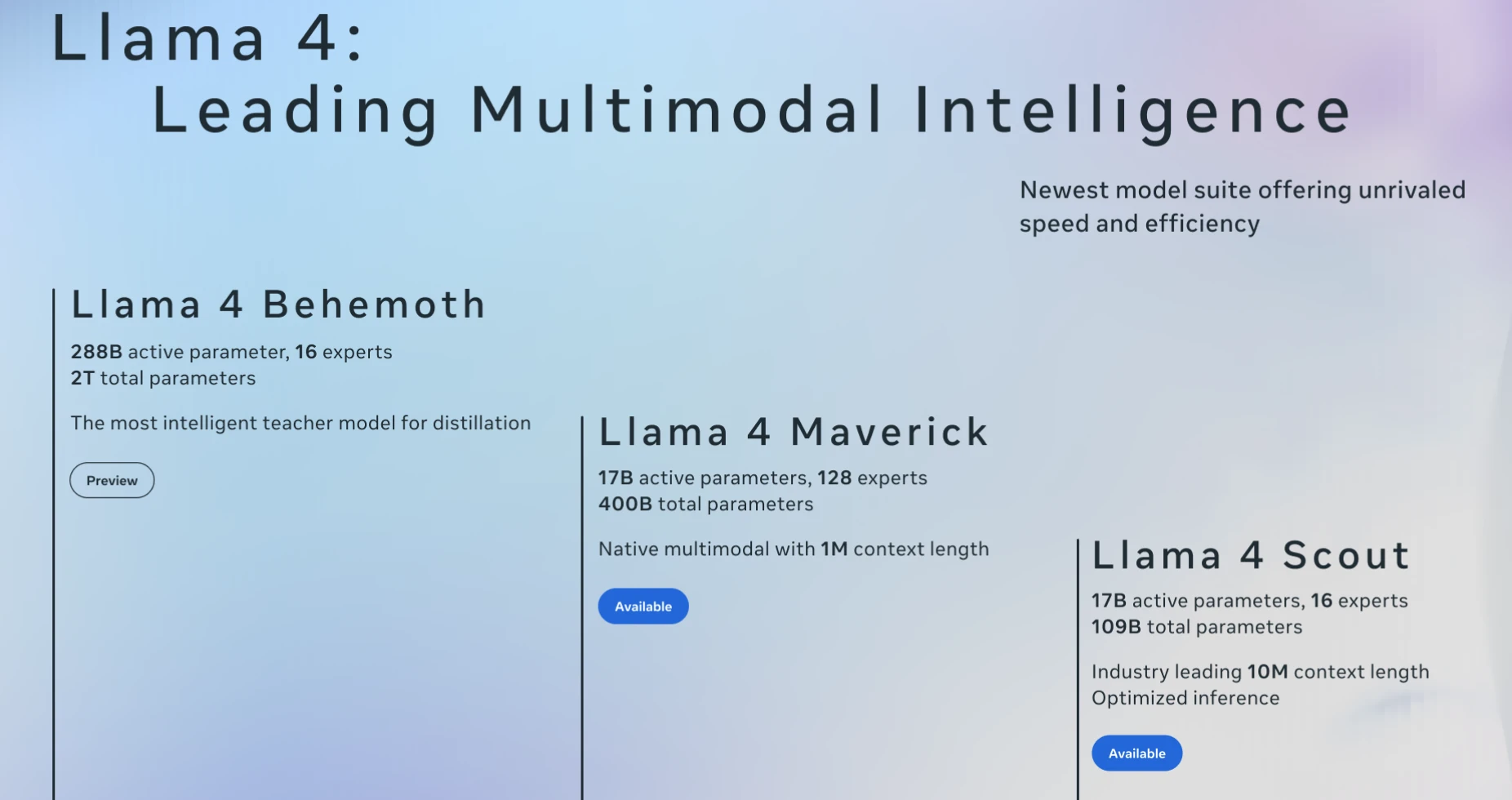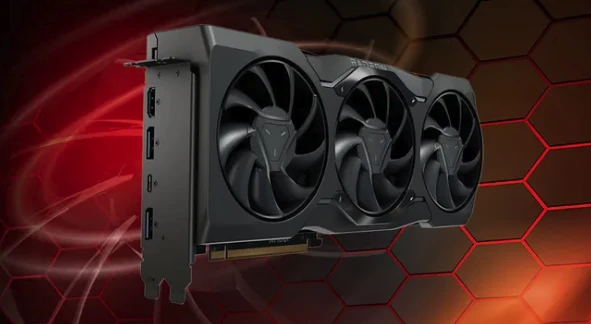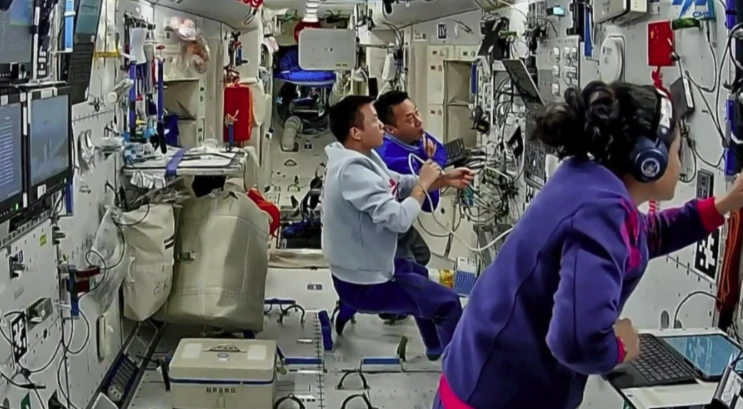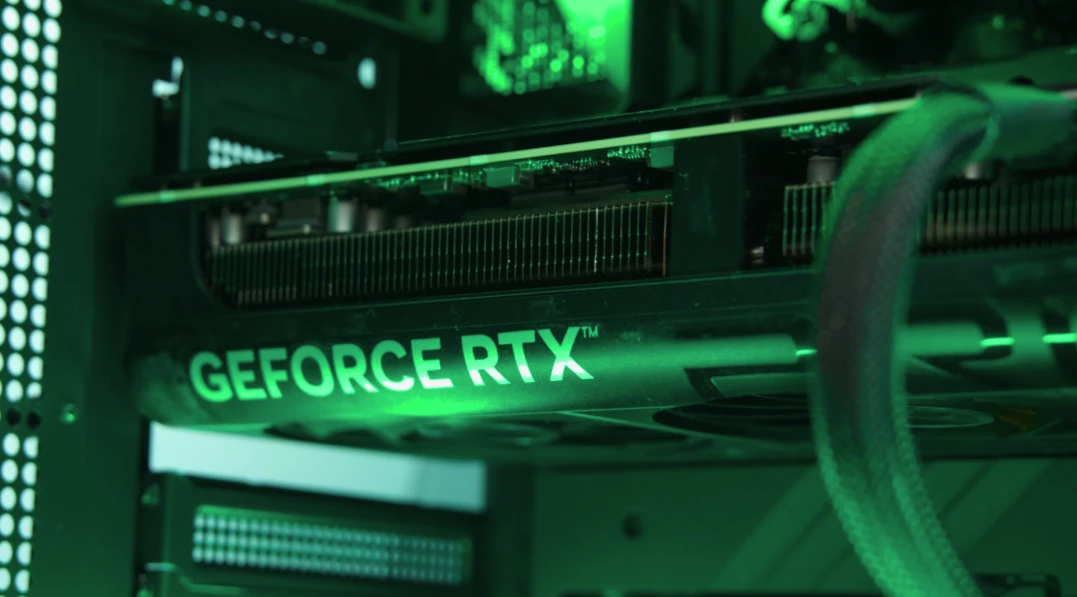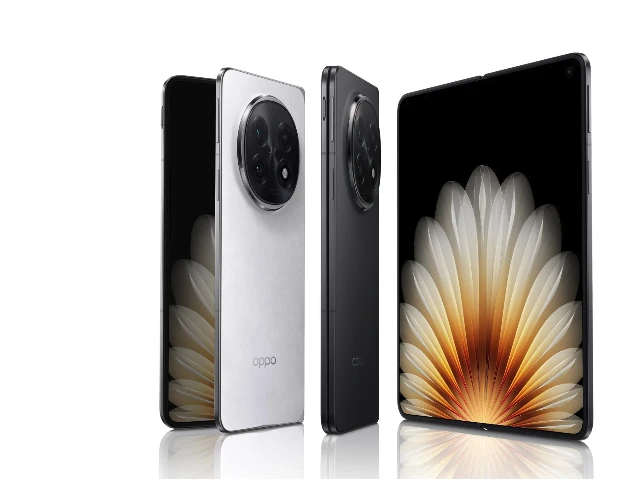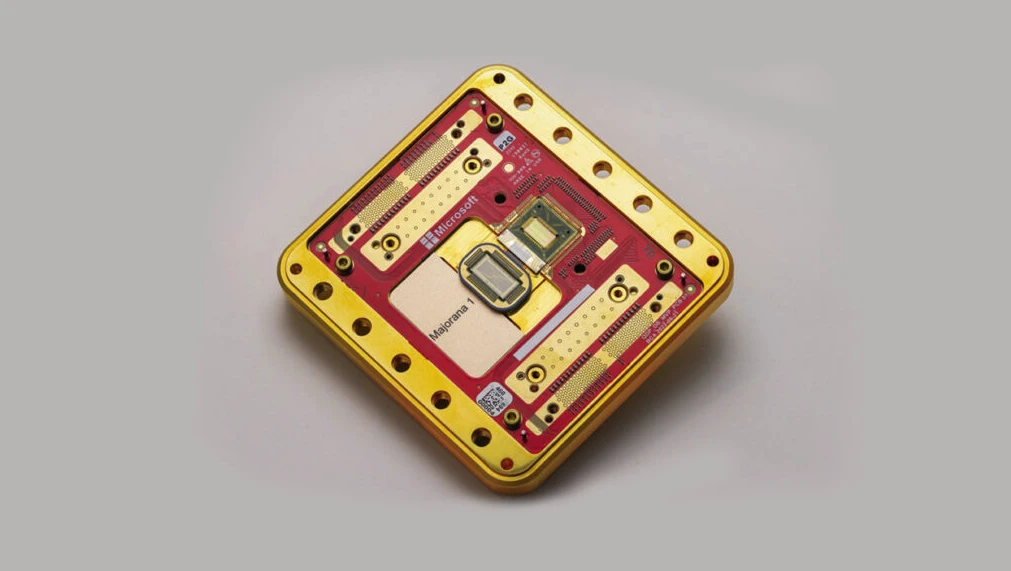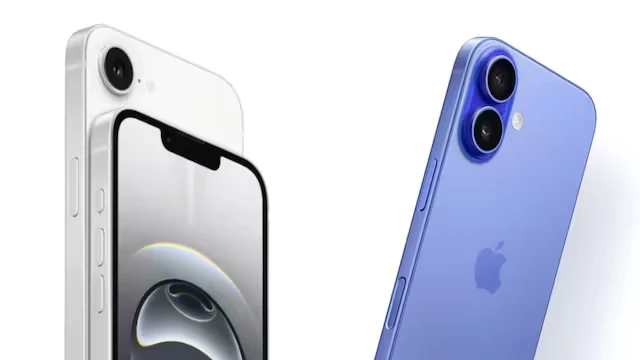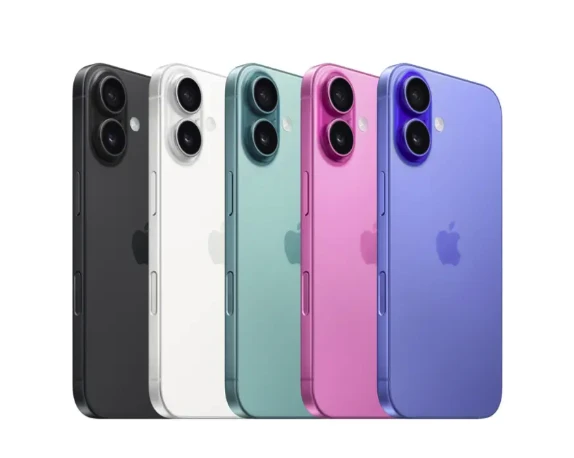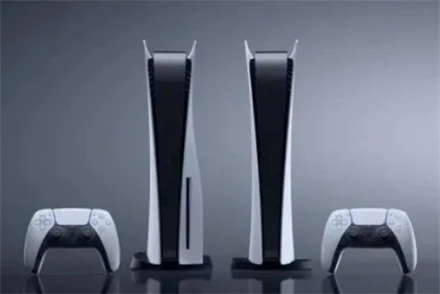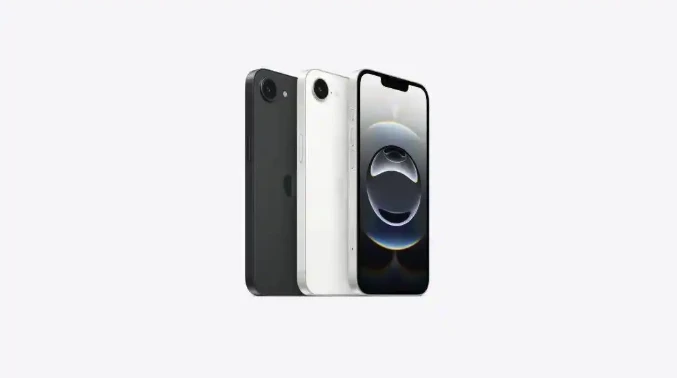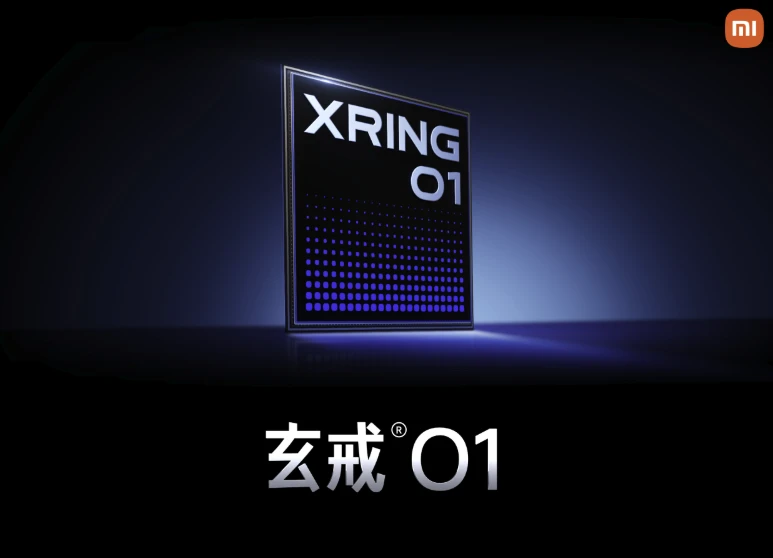
In the dynamic realm of consumer electronics, Xiaomi has recently made waves with the teaser of its self - developed Xring O1 chip, set to be launched later this month. This development marks a significant milestone in the company's decade - long journey in semiconductor technology and has far - reaching implications for Xiaomi's product portfolio and its standing in the global tech market.
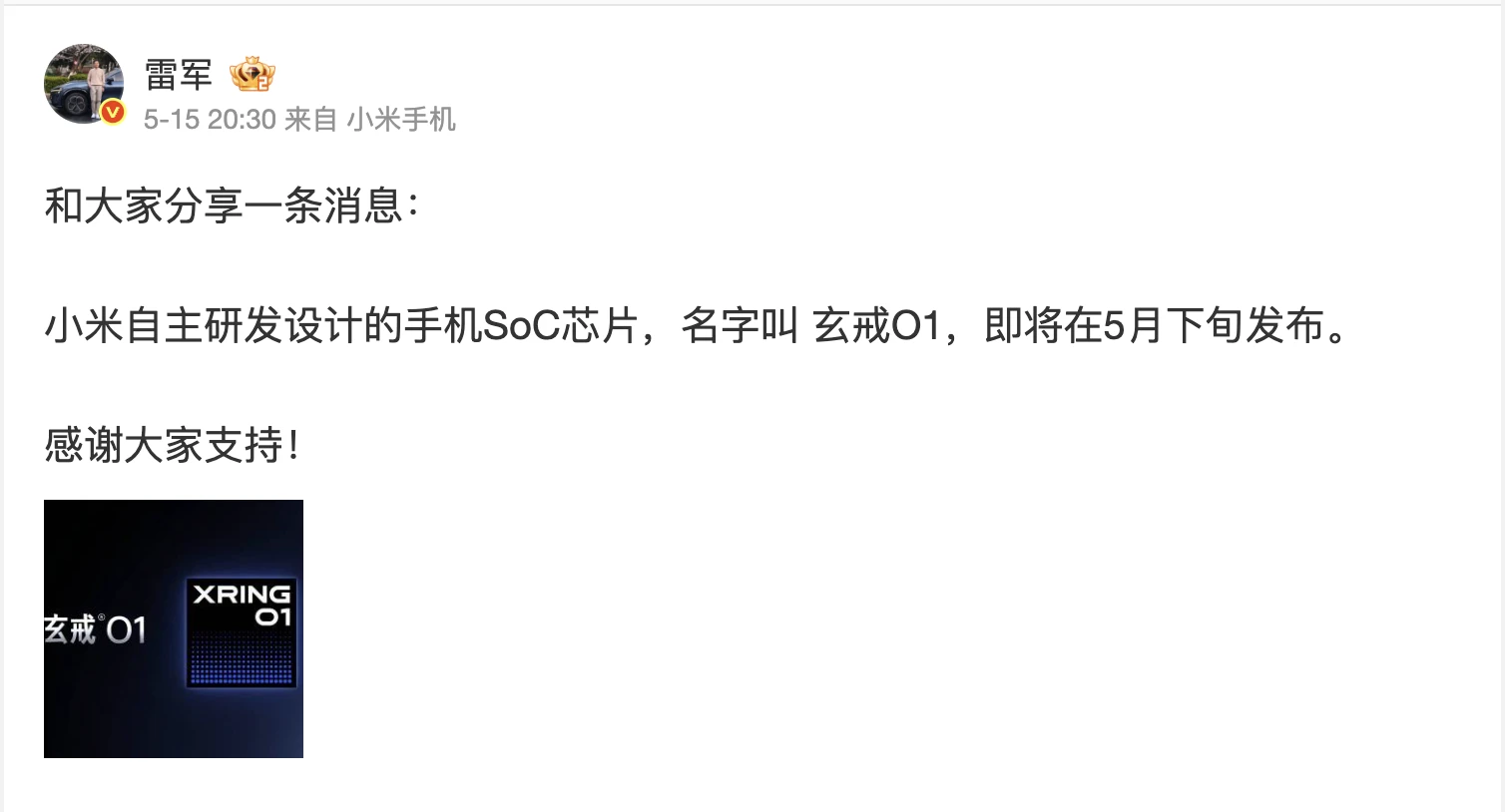
A Decade - Long Semiconductor Odyssey
Xiaomi's foray into smartphone chip development dates back to 2014. In 2017, the company introduced its first System - on - a - Chip (SoC), the Surge S1. However, this initial attempt failed to gain substantial commercial traction. Undeterred, Xiaomi pivoted its focus to specialized chips for imaging, charging, and power management. This strategic shift allowed the company to build expertise and capabilities in semiconductor design, laying the groundwork for its return to core smartphone chip development with the Xring O1.
During the live - streamed product preview celebrating Xiaomi's 15th anniversary, Lu Weibing, the president of Xiaomi Group, lauded the Xring O1 as a "pivotal milestone" in the company's semiconductor odyssey. This statement underscores the significance of the Xring O1 not only as a technological achievement but also as a symbol of Xiaomi's perseverance and long - term commitment to technological self - reliance.
Technical Specifications and Performance Projections
Reports suggest that the Xring O1 chip is fabricated using TSMC's advanced N4P process technology. It features a traditional octa - core three - cluster design, with an overall performance that is rumored to be on par with the Snapdragon 8 Gen1 and potentially competitive with the Snapdragon 8 Gen2. The chip's super - large core operates at a frequency of 3.2GHz, contributing to its high - performance capabilities.
The adoption of the N4P process technology by TSMC is a significant advantage. TSMC is a global leader in semiconductor manufacturing, and its advanced process technologies enable the production of chips with higher transistor densities, improved power efficiency, and enhanced performance. The use of this technology for the Xring O1 indicates Xiaomi's ambition to create a high - performing chip that can compete with the industry's best.
Broadening Horizons: Beyond Smartphones
One of the most exciting aspects of the Xring O1 is its intended application across multiple product categories, extending far beyond smartphones. Lu Weibing hinted at this broader application scope during the anniversary event, although specific details were not disclosed. However, industry speculation and leaked reports have provided some insights.
The Xring O1 is likely to find its way into tablets, given its performance capabilities and the growing demand for high - performance chips in the tablet market. This expansion into tablets aligns with Xiaomi's strategy to create a seamless and integrated AIoT (Artificial Intelligence of Things) ecosystem. By using the same chip across multiple device types, Xiaomi can ensure better software - hardware integration, leading to a more consistent user experience.
Moreover, there are rumors of the Xring O1 being linked with Xiaomi cars. The ability to integrate the chip with automotive systems could enable features such as seamless connectivity between mobile devices and cars. For example, when a Xiaomi smartphone equipped with the Xring O1 is within ten meters of a Xiaomi car, the car could automatically unlock. Additionally, the chip could facilitate the automatic adjustment of seat and air - conditioning settings when getting in the car, and allow users to remotely control home appliances like air - conditioners when getting out of the car. If tablets with the Xring O1 chip can also be connected to the car's screen for office use, it further enhances the versatility and utility of the chip across different devices and scenarios.
Strategic Implications and Market Impact
Xiaomi's development of the Xring O1 chip is a strategic move with several implications. Firstly, it aims to reduce the company's long - standing dependence on third - party chip manufacturers like Qualcomm. By developing its own chips, Xiaomi can have more control over the hardware - software integration, leading to better - optimized products. This control can translate into improved performance, power efficiency, and user experience.
Secondly, the Xring O1 chip is expected to strengthen Xiaomi's AIoT ecosystem. With the chip being used across multiple devices, Xiaomi can create a more unified and interconnected ecosystem, where devices can communicate and collaborate seamlessly. This could give Xiaomi an edge in the highly competitive AIoT market, where companies are vying to create the most comprehensive and user - friendly ecosystems.
In the smartphone market, the Xring O1 has the potential to disrupt the status quo. If the chip can deliver on its performance promises, it could enable Xiaomi to offer smartphones with better performance at competitive prices. This could help Xiaomi gain market share, especially in the high - end smartphone segment, where competition is fierce. Brands like Apple, Samsung, and Huawei have long - established their own chip - development capabilities, and Xiaomi's entry into this exclusive club with the Xring O1 positions it as a serious competitor in the global smartphone market.
In conclusion, Xiaomi's Xring O1 chip represents a significant leap forward for the company. It is not only a testament to Xiaomi's technological prowess but also a strategic move that could reshape the company's product landscape and its position in the global tech market. As the launch of the Xring O1 approaches, the tech world will be watching closely to see how this new chip unfolds and what impact it will have on Xiaomi and the broader consumer electronics industry.

